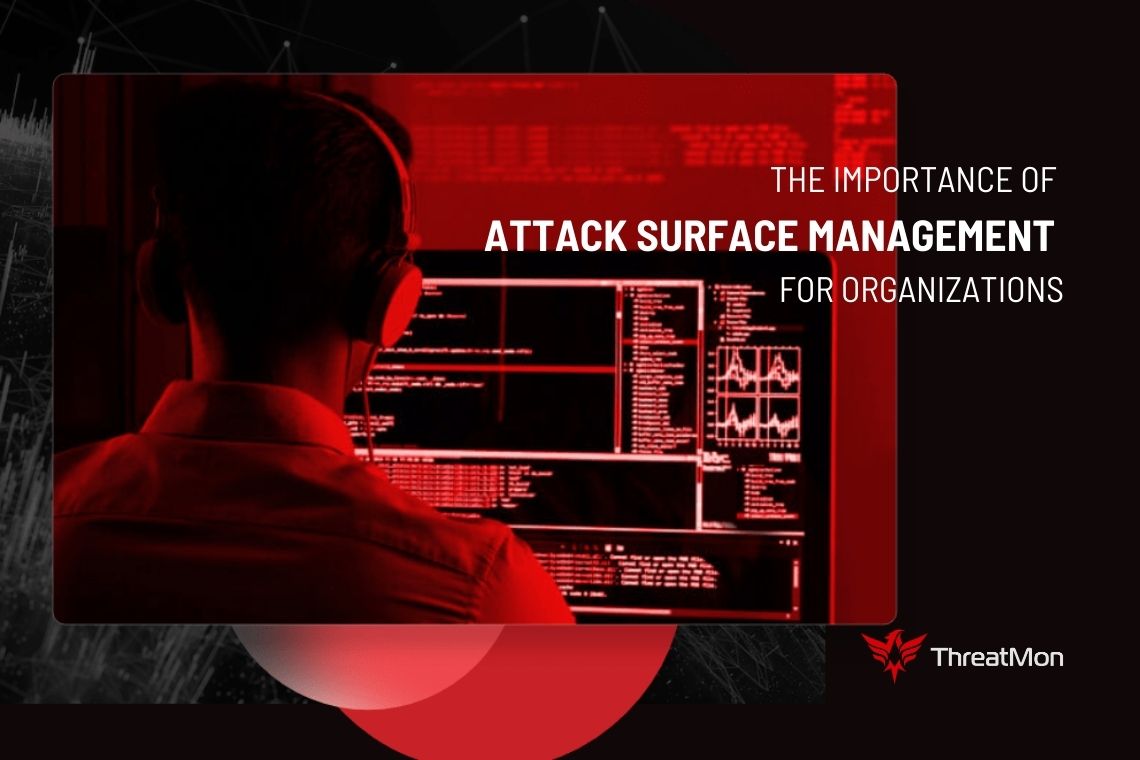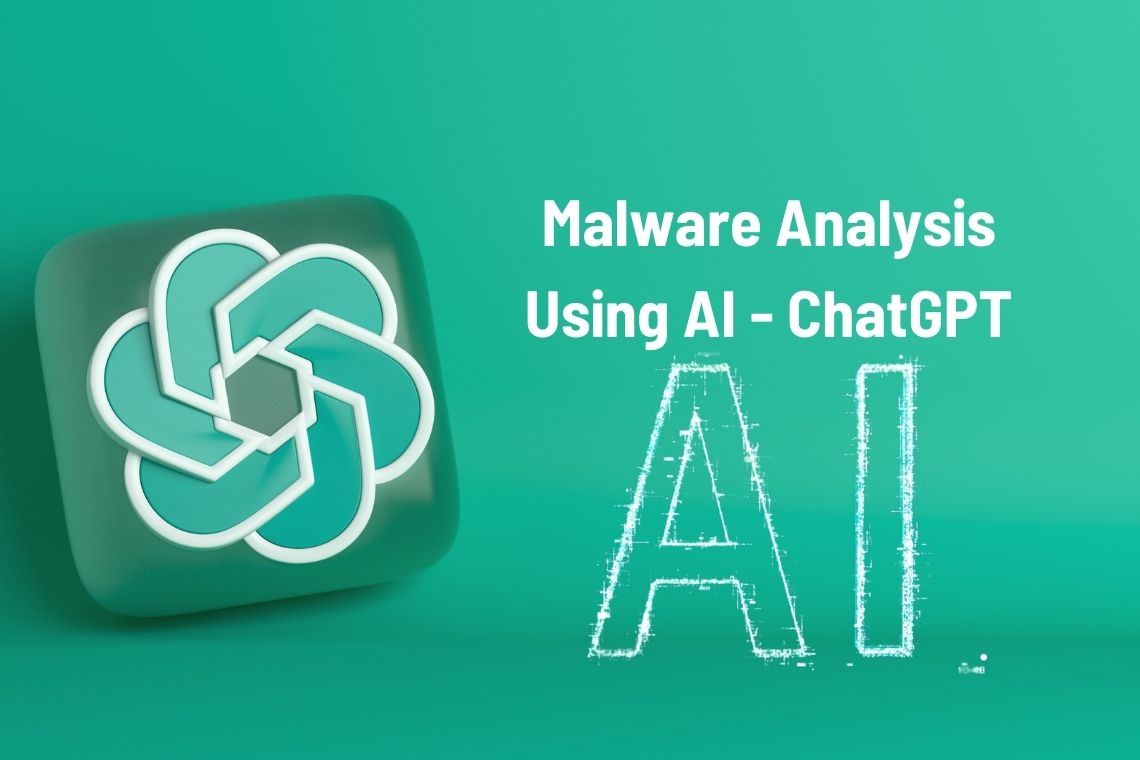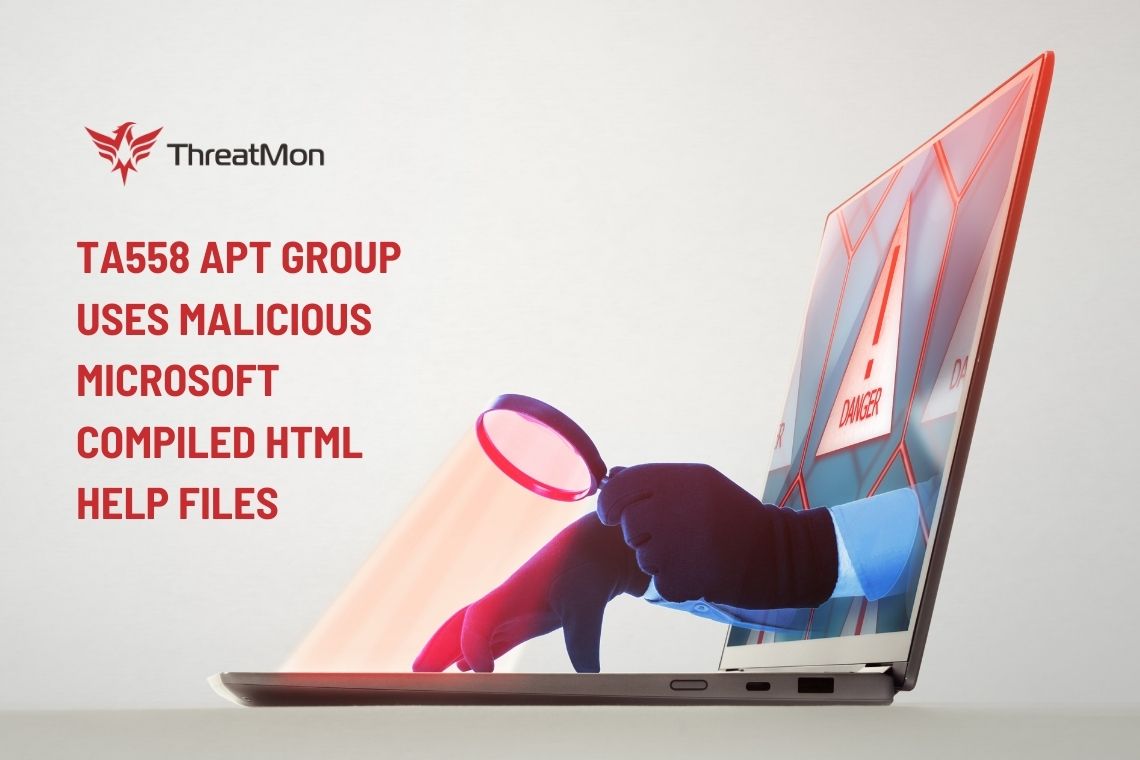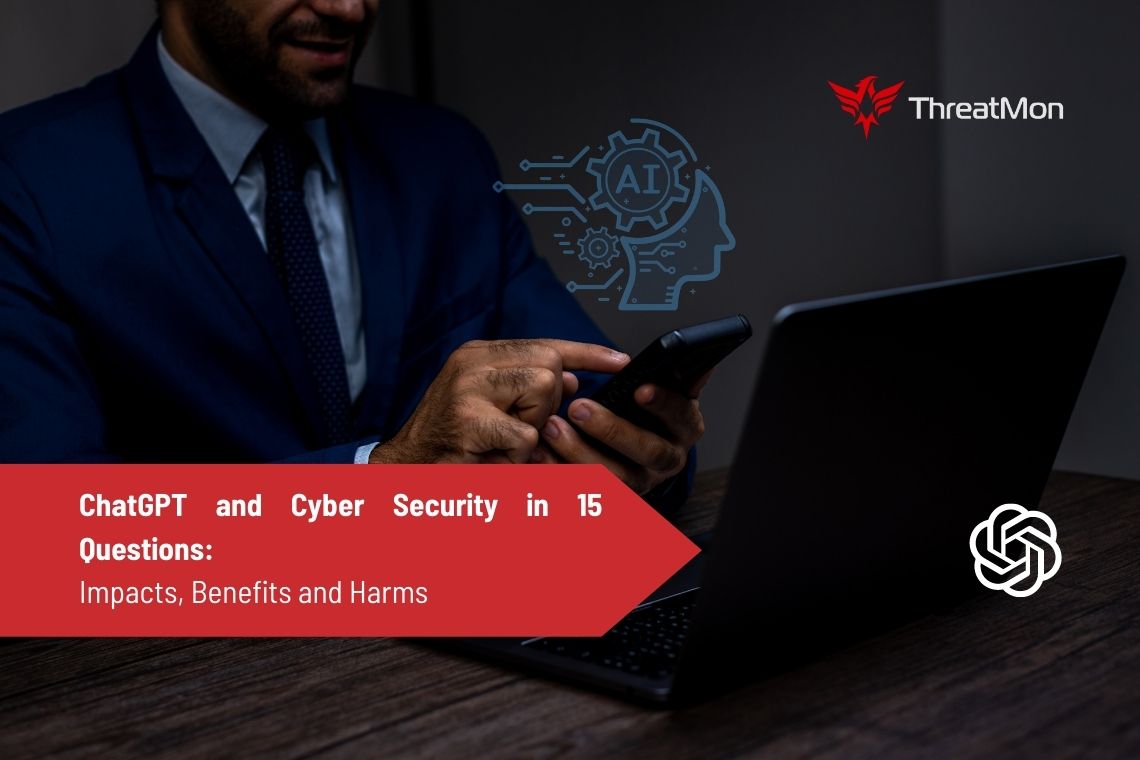The Importance of Attack Surface Management for Organizations
Today, with the transition of organizations from traditional business processes to digital business processes, the likelihood of organizations facing the risk of cyber attacks on their digital assets is increasing.
Read the Blog



















